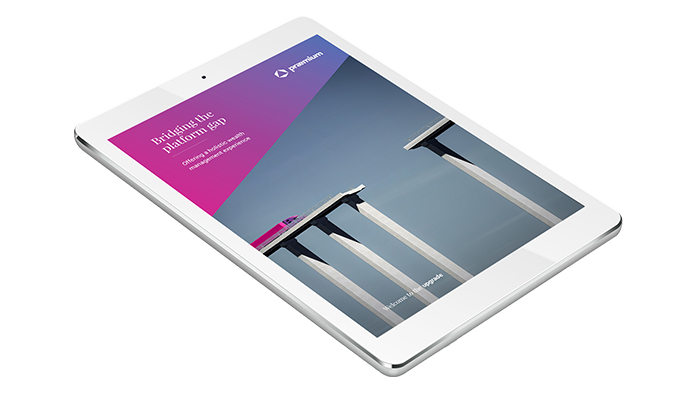Digitalisation is the word on everyone’s lips, especially in this extraordinary time where most businesses have been forced to adapt to connecting digitally with clients. Yet more technology does not necessarily mean more efficiency, in fact, the reverse is a very real outcome.
Industry research has shown that financial planning practices can have up to 15 different technology providers delivering solutions. The Fintech industry has grown rapidly as more firms look to solve business inefficiencies or limitations. The rise of RegTech—Regulatory Technology that uses information technology and artificial intelligence to enhance regulatory processes—is going to add even more players to an already crowded industry of technology providers.
The use of API (application programming interfaces) has become the cornerstone for connecting individual technology providers to create a complete technology solution and the nirvana of a frictionless data experience for the end-user. The introduction of API technology has certainly helped the financial planning industry benefit from the innovations of an increasing pool of technology providers.
Connecting different technology providers to deliver improved business and client engagement processes and a consolidated client experience and data set is the ultimate goal. However, in reality, the API process is much less seamless, with planning practices still having to access multiple systems to generate this consolidated output. This creates huge inefficiencies in the back office, with employees having to contend with multiple system logins and provider support teams and keep abreast of the varying technology partners’ processes and upgrades. And it’s not limited to APIs, but also a trend prevalent in the platform space.
What may surprise many is that we are seeing an increase in the number of platforms being used by planning firms (increased to 2.6 from 2.1 in 2017). What’s not so surprising is that this coincides with planning practices stating they are significantly less profitable in 2020 compared to 2016. Advisers went through a period of custody platform consolidation, at the same time as rationalising their client base to focus on their ideal client. The perception was that no platform provider could offer a scalable solution that allowed practices to manage the majority of their client base and their varied assets in one place. Interestingly, as the market has developed through the advent of Managed Accounts and new platform entrants, we are once again seeing additional platforms added to APLs, with legacy platforms now becoming a problem for practices.
Financial planners traditionally have been compromised by a lack of platform flexibility to manage a wide spectrum of clients, across a broad range of assets and legal structures, thereby limiting the scalability of their business. This is very pertinent when practices are trying to attract younger or different client segments and cater to the divergence of assets needed to meet their investment profiles. Especially when you consider assets not traditionally managed on a platform due to liquidity or complexity issues.
Praemium commissioned research through leading research consultant Investment Trends, to explore the extent of this client management limitation. The research showed that on average half of the planners surveyed (59%) say they administer some assets off-platform and advisers, in general, are managing almost a quarter of client assets off-platform. There are a number of perceived barriers to managing a greater share of a client’s portfolio on a single platform, including cost and the belief that in order to meet client best interest duty multiple platforms must be used.
Platforms are becoming attuned to the need to provide advisers with extended reporting capabilities across a wider range of assets and specifically under custody and/or individual HIN. The challenge will be whether all platform partners have the technology to deliver this. There are obvious scalability and efficiency benefits in partnering with platform providers that can manage all client types and assets in one solution and at a cost that is consumable.
Praemium’s research paper ‘Bridging the Platform Gap’ provides further insight into how advisers are managing their clients’ assets, what assets they are managing on and off-platform, the rationale for this and the challenges they perceive in managing their clients’ entire wealth. Access a copy of it at praemium.com/everything.

Grab a copy of our latest research paper
Our latest research shows that advisers are using more platforms than in previous years to manage their clients' entire wealth.
- We uncover how they are managing their clients' assets on and off-platform.
- What the platform gap is and how it is costing advisers and their clients.
- Adviser aspirations for platforms.

